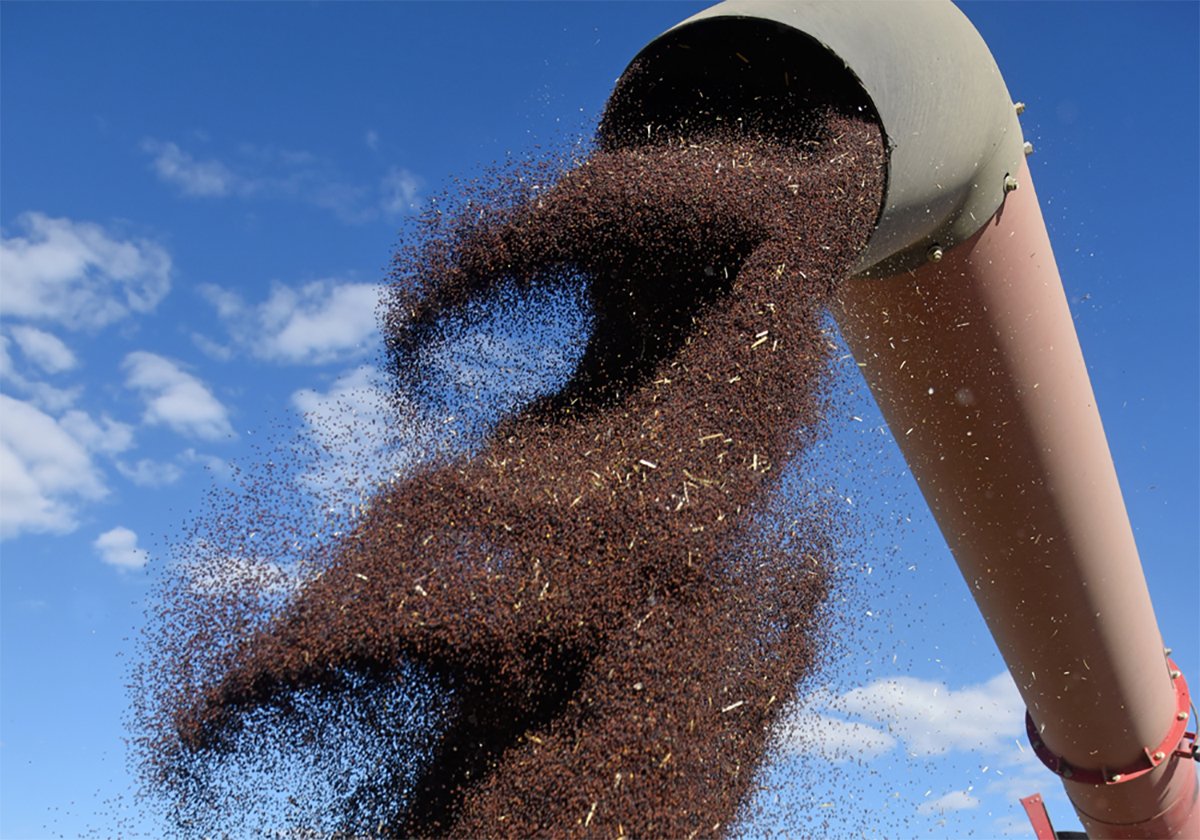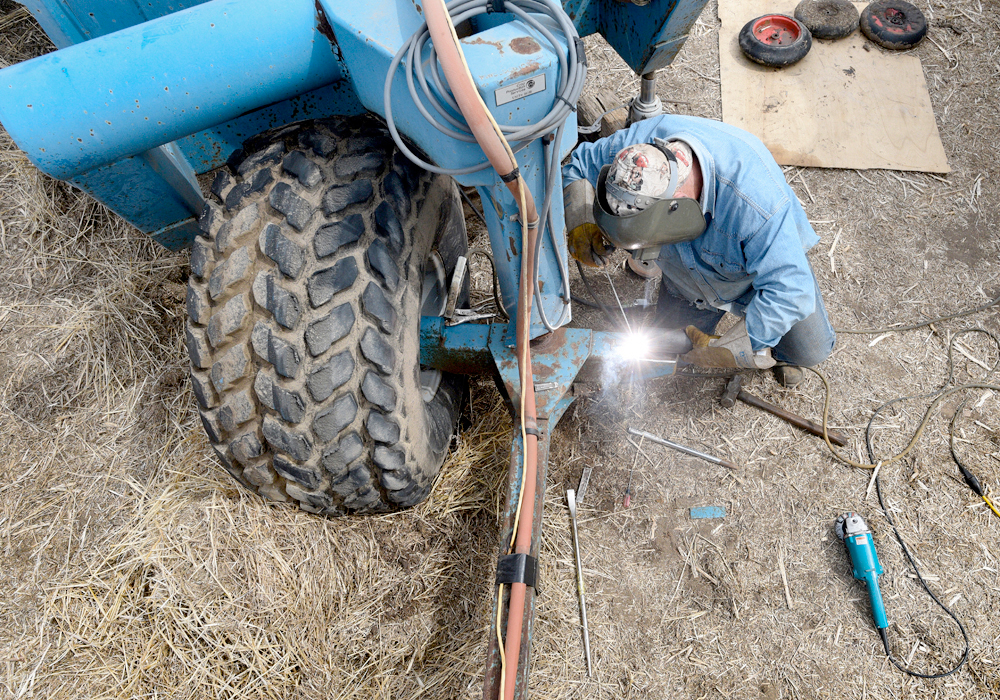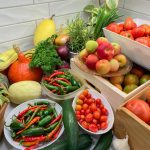About 170 results pop up when “meat cutter and Alberta” are typed into the Indeed.com search engine.
The postings include jobs at beef packing plants, lamb processing plants and retail butcher shops across the province.
Many of the companies on Indeed say they are “hiring multiple candidates,” meaning the number of available jobs is much higher than 170.
None of this information is new.
Canada’s meat processing sector has struggled to recruit and retain workers for decades. However, the labour shortage across the entire agriculture and agri-food industry has become intolerable over the last five to 10 years.
Read Also

Ag minister says tariff situation with China is fragile, volatile
Agriculture ministers from across Canada said they heard canola producers’ concerns about tariffs but it seems unlikely they can do much about them.
Food and beverage manufacturers in Canada are short an estimated 20 percent of their workforce, so one in five jobs are unfilled. In 2020, 40 percent of employers in primary agriculture said they couldn’t fill job vacancies on their farms.
Many words and numbers have been published about the labour crisis in agriculture and agri-food, but a new report has identified a strategy for the problem.
In early December, the Canadian Agricultural Human Resource Council, the Canadian Federation of Agriculture and Food and Beverage Canada released a national workforce strategic framework for the agriculture and agri-food industry.
A long list of agriculture commodity groups and manufacturing associations, such as Alberta Pork and Food and Beverage Ontario, participated in the project.
“Food and beverage manufacturers, Canada’s largest manufacturing employer, are short an average of 20 per cent of their workforce,” said Kathleen Sullivan, chief executive officer of Food and Beverage Canada.
“This project is proving to be a critical exercise in bringing together industry to examine the cause of these shortages, and to identify meaningful industry and government actions to resolve this significant issue impacting Canada’s food system.”
The interim report is 27 pages long, but it highlights five key “pillars” to deal with labour shortages:
- Increase perception and awareness of the industry.
- Improve workplace culture.
- Improve public acceptance and the processes for immigration and foreign workers.
- Skill development.
- Automation and technology.
The report contains detailed analysis of the five pillars, looking at the strength, weaknesses, opportunities and threats in each category.
For instance, one opportunity within Pillar 1 is the lack of public knowledge around agriculture and food.
“(Polling shows) 91 percent of Canadians know little or nothing about agriculture/food production, but 60 percent are interested in learning more,” the report says.
In other words, there’s an opportunity to fill the void with accurate information about the agriculture and agri-food sector.
One example of a weakness is uncertainty about the federal government and its stance on temporary foreign workers.
“(It’s) not clear on whether the government (departments and political) is/is not supportive of the TFW program.”
The interim report contains much more information on short-term goals and how to measure success in the longer term.
Most importantly, five working groups have been created to devise action plans for the strategy’s five pillars.
“In light of the chronic labour shortages that have constrained Canadian agriculture for years … a systemic and strategic response to the workforce challenges throughout the value chain is critical,” said Mary Robinson, CFA president.
“This innovative, stakeholder-led approach will be instrumental if we are to realize the sector’s full potential.”
















